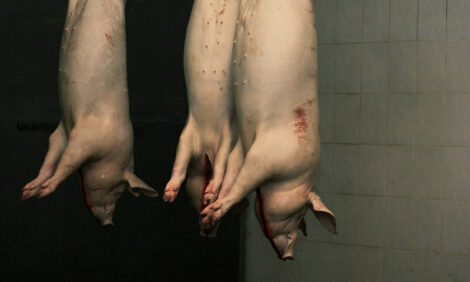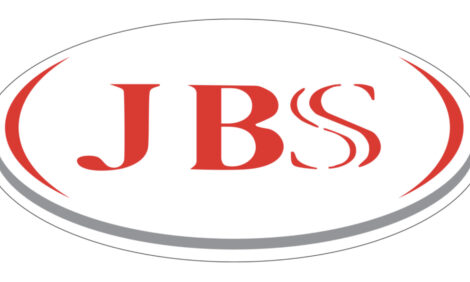



Feeding Sows for Successful Offspring
GLOBAL - The swine industry has made great strides in swine reproduction; most specifically in the areas of increased litter size, increased milk production and improvements in productivity traits, writes Cassio Villela, senior swine marketing specialist at Novus International.With such rapid growth and improvement in those areas, other areas are lacking because sows’ diets haven’t all been adjusted yet to account for the nutritional and physiological demands of increased productivity.
In general, piglet birth weight has decreased due to larger litter sizes and, coupled with the competition of a more-crowded udder, chances of pre-wean mortality and poor performance are more prevalent. More piglets in each litter is important for keeping up with industry demand. However, if the sow’s nutrition isn’t top notch from the very beginning, its progeny will have a harder time surviving, will likely be lighter than their contemporaries throughout life and economic losses will be greater. In addition, post-wean growth performance depends on healthy piglets, and those with extra weight will thrive more in the nursery phase and throughout the remainder of their lives.
To assure production profitability and overall health of both the sow and piglets, the low birth weight challenge must be addressed. Research has confirmed that sow mineral nutrition has the potential to enhance progeny performance, most notably in birth weight increases and post-weaning growth rate improvements.
Improving Progeny Birthweight with MMHAC
According to an experiment conducted at a commercial facility, when fed methionine analog chelated trace minerals as metal methionine hydroxyl analog chelate (MMHAC Zn, Cu and Mn) rather than inorganic trace minerals (ITMs), there was a nine percent increase in piglet birth weight (Figure 1).
Research shows that for every 100 grams increased in birth weight, the survival rate is increased by 2 percentage units. With MMHAC supplementation to sows, piglets are born with an advantage of being heavier and stronger, and can resist challenges better.
Altering Post-Wean Performance
Weaning is a stressful period on piglets with new environmental, nutritional and hierarchy fighting challenges. While nursery diets aim to alleviate stressors of weaning, maternal nutrition is also an important tool to give piglets the jump-start they need to thrive and can have lasting effects on the progeny throughout all stages of life.
A trial study indicated that nursery piglets from sows fed Mintrex exhibited better growth rate than piglets from sows fed inorganic trace minerals (ITMs), even though they were selected for same initial bodyweight (P = 0.27), and received the same nursery diets. At 42 days post-weaning, piglets from sows fed MMHAC had 2.5 more kilograms more body weight than piglets from sows fed ITMs (Figure 2).
In conclusion, supplementing MMHAC into sow or gilt diets has the potential to show lasting effects on progeny, alleviating initial challenges such as low birth weight and mortality, but it also boosts the progeny’s growth rate, which altogether gives an essential running start to piglets.
For more information on MMHAC and MINTREX®, visit http://www.novusint.com/Products/mintrex.









